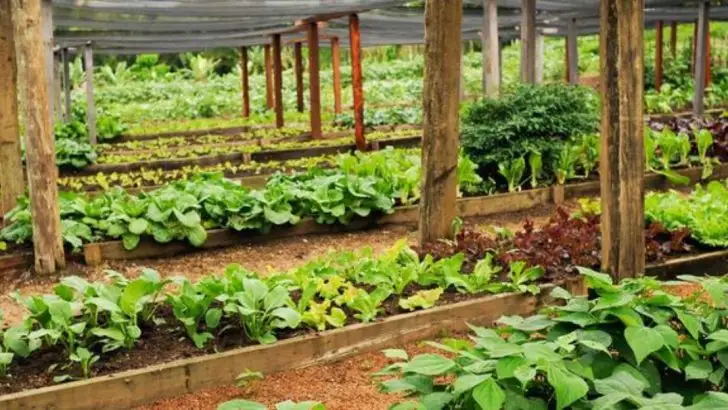Long before modern agriculture, the ancient Maya developed ingenious farming techniques that allowed them to grow abundant food in challenging environments. Now, over a thousand years later, one of their most effective methods — known as milpa — is gaining renewed attention for its sustainability, resilience, and soil-enriching power.
In this article, we explore how this traditional Mayan system, which involves rotating crops like corn, beans, and squash, is being revived by gardeners and farmers seeking regenerative alternatives to industrial agriculture. You’ll learn how the milpa method promotes biodiversity, builds soil health, and offers lessons that are more relevant than ever in today’s climate-conscious world.
Ancient wisdom may hold the key to the future of sustainable growing.
Mayan Milpa Cycle
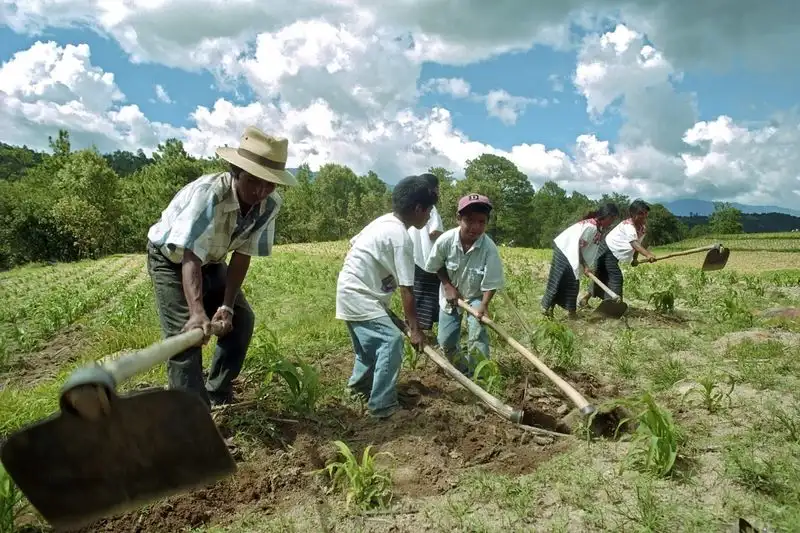
Mayan farmers developed an ingenious rotational cropping system called the milpa cycle. This system involves growing different crops, such as corn, beans, and squash, in the same space. The diversity not only enriches the soil but also prevents pests and diseases. Imagine a vibrant patchwork of plants, each playing its part in a harmonious ecosystem. The magic of this technique lies in its simplicity and effectiveness, offering a low-maintenance solution to food production. It’s a testament to ancient wisdom that continues to teach us about symbiotic relationships in farming.
Terracing the Highlands
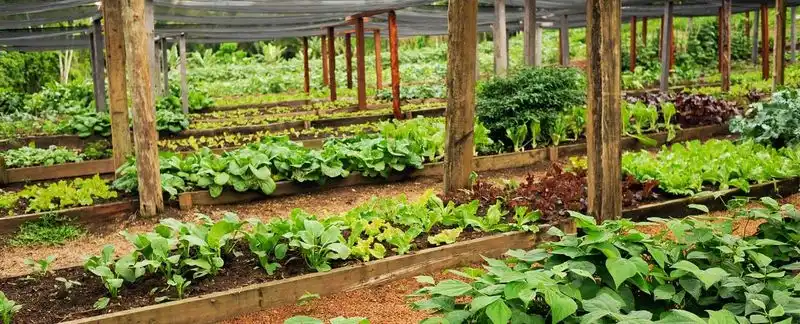
Terracing, a practice that transforms steep landscapes into arable land, was mastered by the Mayans in highland regions. This method prevents soil erosion and maximizes water retention, crucial for farming on uneven terrain. Picture the dramatic hillsides of Guatemala, reshaped into cascading levels of productivity. Each terrace not only supports crops but also traps precious rainwater, boosting the land’s fertility. This ancient engineering marvel is gaining traction again as farmers seek sustainable ways to cultivate hilly terrains without degrading the environment.
Biodiverse Agroforestry
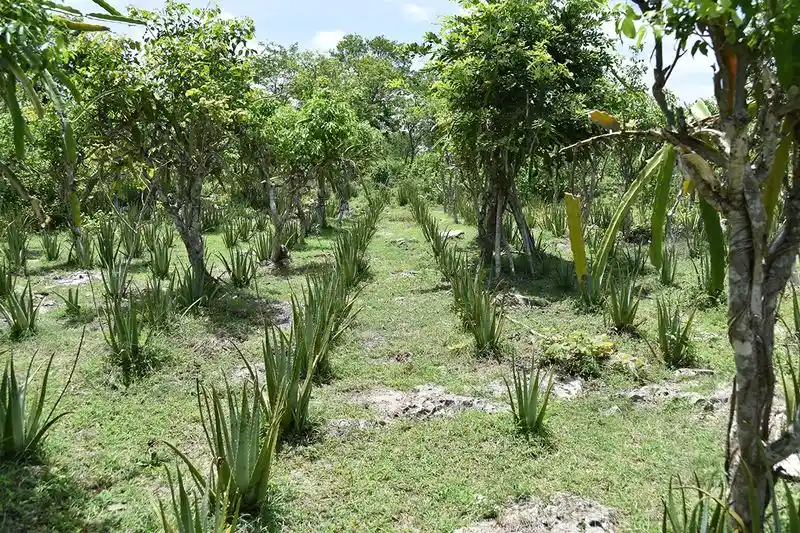
Agroforestry is where agriculture meets forestry, and the Mayans were pioneers in this practice. By integrating trees and shrubs into farming landscapes, they created a rich tapestry of biodiversity. Imagine a farm where fruit trees coexist with vegetables and medicinal plants, each contributing to a balanced ecosystem. This approach not only enhances productivity but also supports wildlife and improves soil health. Today, this practice is witnessing a comeback, as it offers a climate-resilient alternative to conventional monoculture farming.
Hydraulic Engineering Skills
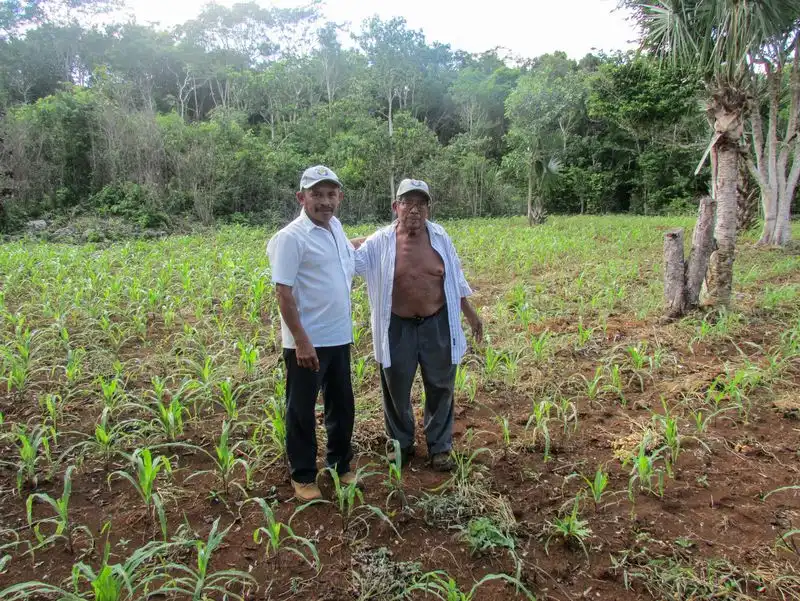
The ancient Mayans were adept at managing water resources through ingenious hydraulic systems. They built canals, reservoirs, and even sophisticated filtration methods to ensure a steady water supply. Visualize the intricate network of waterways that sustained large populations in arid regions. This skillful manipulation of water not only supported agriculture but also urban life. In an era where water scarcity is a growing concern, revisiting these ancient techniques offers valuable insights into sustainable water use in agriculture.
Resilient Crop Varieties
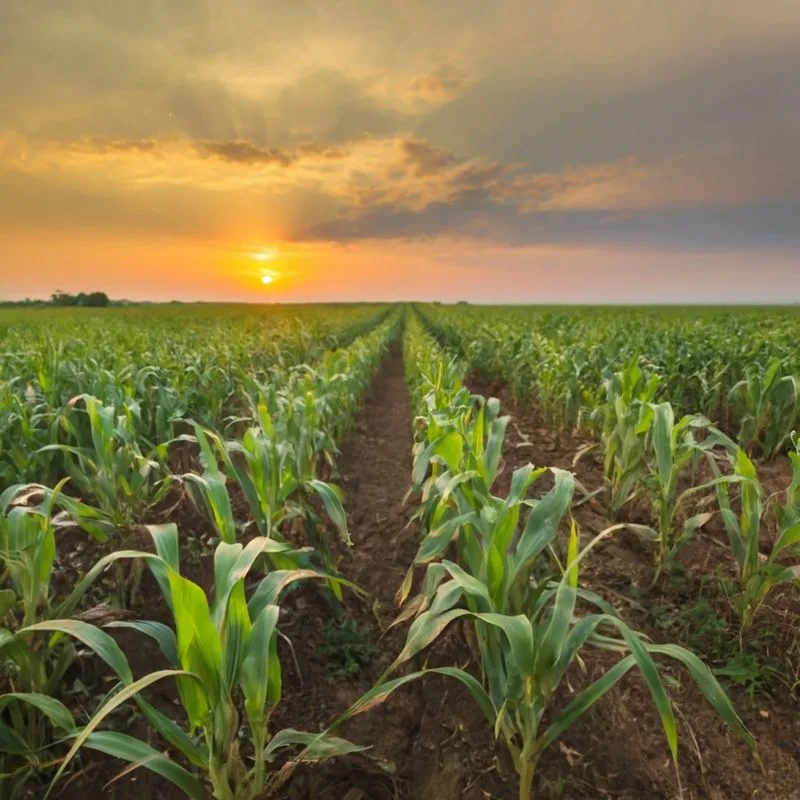
Mayan farmers cultivated a range of resilient crops, selecting varieties that could withstand harsh conditions. These hardy plants, including diverse corn and bean types, are celebrated for their adaptability. Envision fields of vibrant, multicolored crops, each variety a testament to careful selection and breeding. By prioritizing genetic diversity, the Mayans ensured food security and resilience against climate fluctuations. As modern agriculture faces similar challenges, these ancient crop varieties are gaining renewed interest for their potential to enhance food systems globally.

